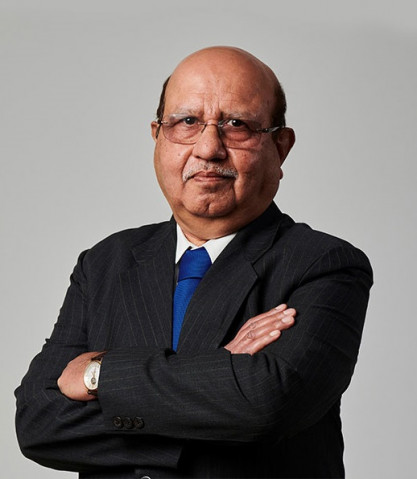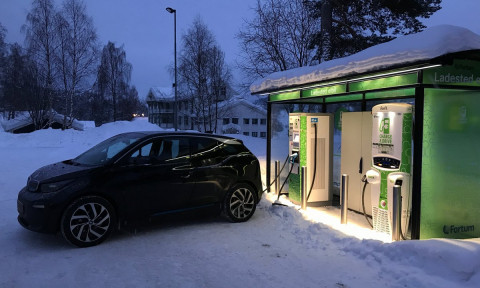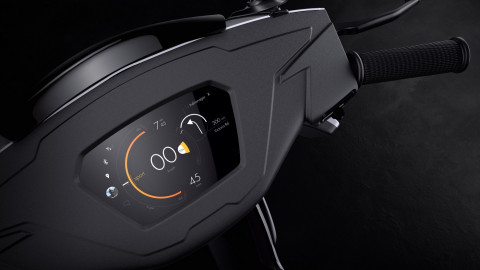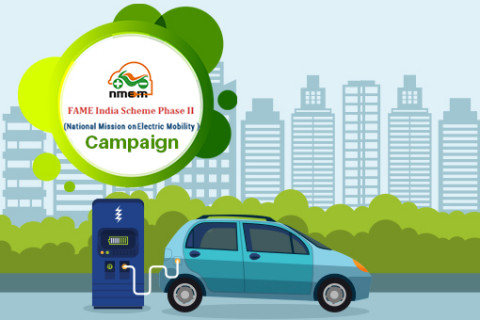Setting pace for faster EV adoption in India
Faster adoption of EVs in India depends on many factors, not just safety. India has the opportunity to be one of the global leaders for e-2Ws, and we should not jeopardize that position as a reaction to the perceived lack of safety in EVs, writes Kiran Deshmukh, CTO – Sona Comstar.
Any new technology and its implementation have hiccups. This is a fact, which is why any new tech does not get released to the public as soon as it is developed; it goes through rigorous testing and validation before it even reaches the prototype stage. This is especially true in the automotive sector.
Vehicles are unique in the sense that they have to operate at an optimum under a wide range of conditions, and for a much longer period than most other devices we might use. As such, any new vehicle development takes at least two years in various locations, preferably in the most extreme conditions possible.
A global model will undergo testing in Death Valley in summer, north of the Arctic Circle in winter, and the Alps or Himalayas for high altitude testing. It might sound a little strange at first when one discovers that the vehicle that just launched was first run a full two years before it went on sale; but to be the engineering marvels that vehicles are, this level of testing and validation is necessary. Even any model refresh also takes a few years to be launched. Of course, we are gradually getting used to the yearly facelift and/or feature addition, but these are relatively minor things that have been factored into the vehicle's development right from inception.
Tech development
Timelines for tech are very different in the world of electronic consumer goods, though. We see all-new products annually, and minor refreshes or changes happen with software. The lines are blurring between this sector and the automotive sector, given how much electronic involvement is there in the vehicle of today, right from fuel delivery and ignition in the engine, to holistic infotainment systems in both two- and four-wheelers.
The EVs of today straddle this blurred line – they are half electronic consumer goods with OTA updates and software upgrades that can unlock more performance and half vehicles that require periodic preventive maintenance and tyres whose air needs to be topped up every so often. As such it can sometimes become easy to lose sight of the fact that they are primarily vehicles that need to operate within a range of weather conditions. In a single line, they need to be functional under all the conditions that ICE vehicles perform.
Maintaining cost factor
There is always a tug of war between certain aspects of production: the engineers want the best, safest product possible, but the R&D costs time and money. This will also reflect in the purchase price and maintenance that the end-user will have to bear. The accounts and sales departments want the best value proposition for the customer and the biggest profits for the shareholders, so there is pressure to adhere to costs while developing new products or tech. It is only through experience and knowing the target audience that we will know what the ideal middle ground is between these two diametrically opposite philosophies.
Safety standards
Since there have been many news reports about battery fires in EVs, let us talk about that for a moment. Installing liquid cooling is an obvious solution to keep battery temperatures in check but that will dramatically increase costs and complexity. The Indian two-wheeler market draws in numbers because of the affordability of the two-wheeler – it isn't a lifestyle choice like it is in some developed markets. What, then, is the solution?
Comparing what is happening with EV fires with the Tata Nano is unfair. The Nano, while an engineering marvel, was interpreted incorrectly by the public, and the questions that arose about its safety were the final nail in the coffin of a grossly misunderstood product. This misunderstanding was not limited to the Nano; when Yamaha launched a liquid-cooled high-performance 150cc motorcycle called the YZF-R15 in the Indian market, there was a spate of fires that brought this model into focus. These incidents were unique to the Indian market despite it being a popular model in other SE Asian markets like Indonesia and Thailand, and the culprit was eventually found to be a wiping cloth that users stuffed in the vehicle fairing, thinking that that space was a storage space when in fact it was a channel for hot air that the radiator fan would extract. To this day, you will find the R15 sold with a sticker in that space that advises the buyer against putting anything that will obstruct the airflow there.
It is therefore obvious that some sort of safety standard needs to be put in place for EVs. This will put all players on a level playing field and ensure a safe product for the public. Standardizing batteries will certainly bring down costs while increasing safety, but it will also throttle innovation. And preventing change at this nascent stage of the technology will only end badly – India has the opportunity to be one of the global leaders for two-wheeled EVs at this point, and we should not jeopardize that position as a reaction to the perceived lack of safety in EVs.
The vast majority of the public is aware that EVs are the way forward. There is also a feeling of inevitability because with the cost of fossil fuels and ICE-powered vehicles rising significantly with each passing year, not to mention geopolitical events that affect the cost of fossil fuels, it is only a matter of time until EVs become the default choice for the common man.
Promoting EV adoption
However, the common man also needs to have confidence in new technology if he is to adopt it. Currently, there is resistance because the level of infrastructure needed to run an EV isn't in place yet. This should be solved in the next few years with the help of the government's push for faster EV adoption. At the same time, progress in battery tech should help lower charging times and increase range, which will help increase EV appeal to the on-the-fence buyer. The government needs to build confidence in the EV space not just with incentives for production and purchase, but by also educating and periodically reminding the public about why EVs are the way forward. Without these constant reminders, we risk losing the focus we require from the public for steady or increased adoption of EVs.



























